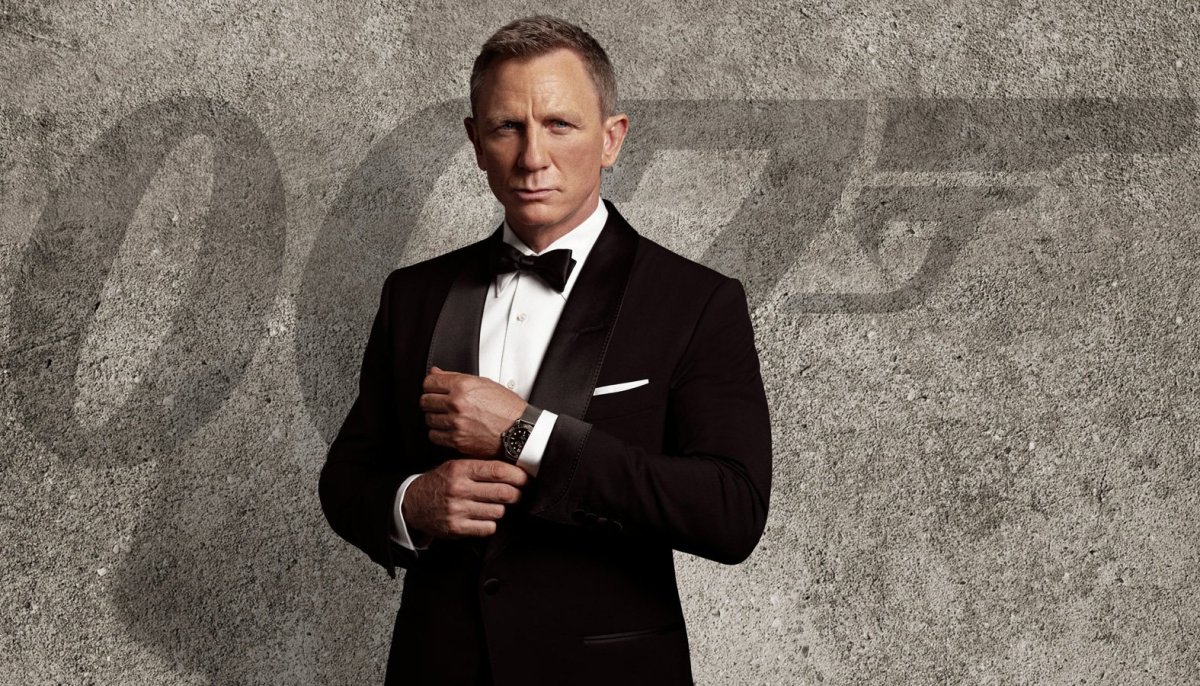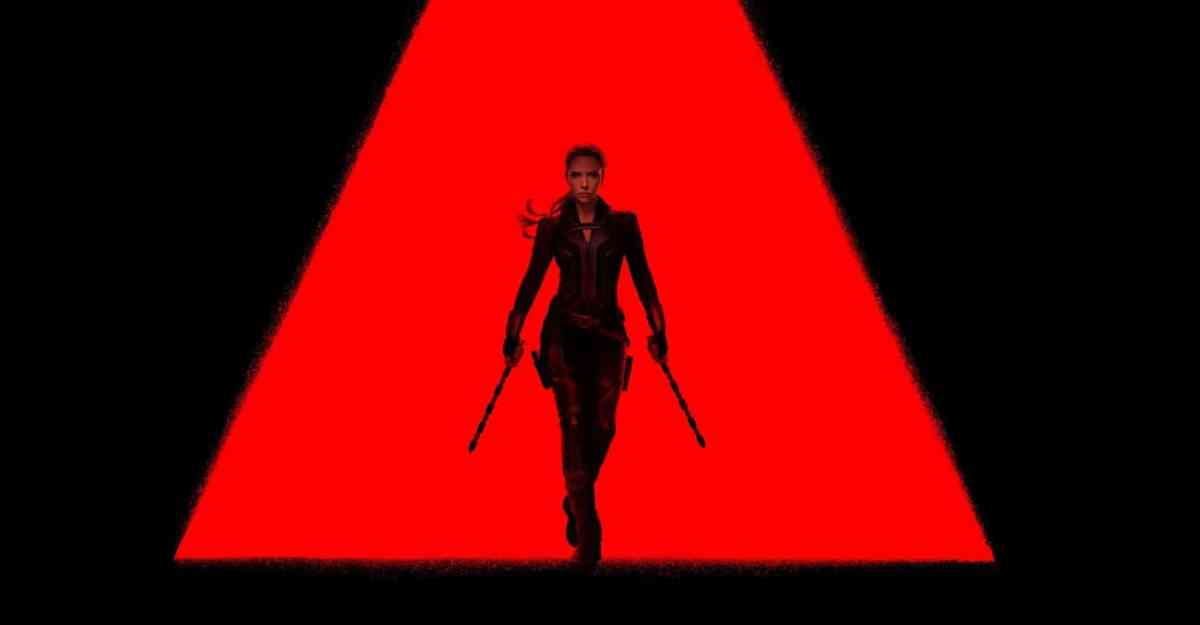“Nintendo Switch. Starting to feel a little hype, not gonna lie.”
That was me in October, following Nintendo’s reveal of the upcoming console. I was perfectly fine with with the initial reveal of the Switch, feeling that glimmer of hope that, as an admitted Nintendo fangirl, I have grown all too familiar with. However, I am also familiar with disappointment.
The Wii U was an epic flop, so much so that recapping the ways in which the system fell short is unnecessary. And in all honesty, the Switch is what the Wii U should have been in the first place. The Switch gives players multiple ways to play without the limitations of its predecessor, offering a bridge between traditional gameplay on a TV and the on-the-go appeal of the 3DS. Unfortunately, the upcoming system is coming just a bit too late, and brings with it plenty of red flags of its own.

The price is too high at $299, especially when you factor in that there will be no bundled game and the included Joy-Con grip will not charge the Joy-Con controllers – you’ll need to buy that separately. In addition, the replacements and peripherals revealed for the console are also too high. A pair of replacement Joy-Con controllers will set you back $80, while individuals will cost $50. A replacement dock set is $90, and the Nintendo Switch Pro Controller is $70. While the console itself feels overpriced, particularly when noting the absence of a bundled game, the replacements and the peripherals are almost shockingly expensive.
While the Wii U has been heavily criticized for coming out too strong and failing to maintain third party support and a healthy, consistent flow of games, Nintendo appears to be doing the exact opposite with the Switch in what is too drastic a pendulum swing. The lineup – both at launch and during its first year on the market – is concerning. At this point, the Nintendo Switch will be releasing with ten games in the US – Zelda: Breath of the Wild, 1-2-Switch, Just Dance 2017, Skylanders Imaginators, The Binding of Isaac: Afterbirth+, I Am Setsuna, World of Goo, Little Inferno, Human Resource Machine, and Super Bomberman R. The two Nintendo launch titles are Zelda, which will be releasing simultaneously on the Switch and Wii U, and 1-2-Switch, which is a collection of mini-games that should have been bundled in with the console but will instead set you back $50 so that you can pretend to eat a hoagie or milk a cow while making awkward eye contact with your friends.
As of right now, Nintendo has fewer confirmed Switch games releasing in all of 2017 than the Wii U had at the time of its launch.
As of right now, Nintendo has fewer confirmed Switch games releasing in all of 2017 than the Wii U had at the time of its launch. While it’s possible more will be revealed, this isn’t the most comforting list to have in front of you with less than two months to launch – and, if there was going to be another large title launching alongside the console, I have to assume we would have heard something about it by this point. According to Nintendo of America President Reggie Fils-Aime, this is intentional. Speaking with CNET, Fils-Aime stated that Nintendo has a “great ongoing march of content to motivate you to jump into the platform.”
“Launch day is not the be-all and the end-all,” Fils-Aime said. “It really is the steady pacing of content that continually reinforces for the people who bought into the platform why they made a smart choice, as well as what compels people who might be sitting on the sidelines to jump in.”
However, it is questionable how long this content will last, even when released at a steady pace. In the 2017 state of the industry report issued by the Game Developers Conference, more than 4,500 developers answered a variety of questions – including what consoles they were currently developing for. Only 3% confirmed that they are currently developing for the Nintendo Switch, while 22% are developing for Xbox One/Scorpio, 27% are developing for PlayStation 4/Pro, 38% are developing for Smartphones and Tablets, and 53% are developing for PC/Mac. Fewer developers admitted to developing for the Switch than confirmed development for Apple TV.
The release schedule is hardly the biggest hurdle that the Switch faces. Prior to last week’s detailed Switch presentation, I penned an editorial, laying out a list of must-haves for the console to be a sure success. Looking back, I realize I was too optimistic with what I had thought were simple expectations. While a strong launch and strong third party support were the first points I argued for – and, sadly, am unable to check off – I also argued that the Switch needs good battery life. If one of the major points is that it’s a hybrid, with equal importance given to both docked and undocked play, then the battery has to reflect that. However, Nintendo has revealed that the battery on the Switch between charges will last 2.5 to 6.5 hours, depending on the game you are playing, with Breath of the Wild able to last three hours between charges. The one bonus here is that you can charge the Switch with a USB-C, and you are able to play while charging. However, unless you’re carrying around a compatible power bank this will drastically limit the portability of the console.
Price for value is another issue. The Switch has 32GB of internal storage, making digital downloads very unattractive for gamers. While the console’s storage can be expanded via micro SD card, a good SDXC card with a capacity of 256GB retails for up to $200, giving you less internal storage than a 500GB PlayStation 4 at a greater cost. While the portability does add value to the Switch, the above issue of battery life makes it a bit less appealing.
The truth is, Nintendo’s consoles are what we put up with in order to access the games we want to play.
The Escapist‘s Steven Bogos shared his hands-on impressions of the Switch from PAX South, stating that the Switch, when viewed as a new handheld, is impressive enough to replace Nintendo’s 3DS, but that as a home console “the Nintendo Switch is a bust.”
“It’s not as powerful as a PS4 (made obvious by the framerate issues I had on Breath of the Wild) which means that it’s going to have the same third-party issues that the Nintendo always has,” he added.
Bad timing and bad choices have led Nintendo to a pivotal moment. The gaming industry has always benefited from competition, but everything that we know of the Switch shows that Nintendo only appears to be competing with one company – itself. The Switch is too limited to replace smartphones and tablets, and it is far too weak and limited, in both its hardware and third party support, to be a true home console competitor. As much as I would love to see Nintendo succeed, I cannot shake the feeling that the Switch will be yet another hardware flop. Nintendo’s value is not in its hardware, as the company is more interested in weird gimmicks than actual gamer-friendly home consoles. No, Nintendo’s value is in its IPs – Mario, Zelda, Pokemon, Splatoon, METROID (cough, cough) – which are still gaming staples with the ability to captivate players. What these franchises deserve, more than anything, is a home worthy of them. The truth is, Nintendo’s consoles are what we put up with in order to access the games we want to play.
Nintendo giving up on consoles and focusing on software is an idea I’ve tossed around for the past few years, particularly since the company began teasing the new console. “If this doesn’t work, Nintendo should just focus on games,” I’d say, and even the most stalwart of fans have struggled to argue against that point. While I love the 3DS, and can easily see Nintendo maintaining a strong presence in the portable gaming market, there is still so much untapped potential in franchises that have suffered by the lack of suitable hardware.
The PlayStation 4 and Xbox One are both successful because they’re more alike than they are different. The Wii U went a totally different way, and as a result was difficult for developers to create games for, and it appears that the same will likely be true for the Switch. But no one should count on the lights being turned off at Nintendo – the company just needs to “switch” to more energy efficient bulbs.




Published: Jan 30, 2017 08:00 pm